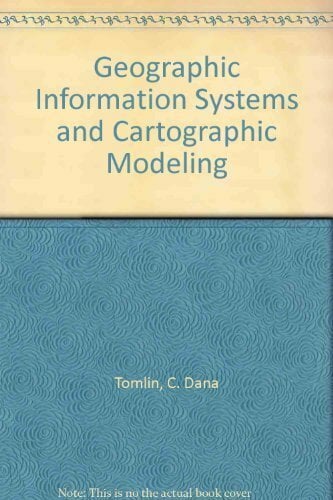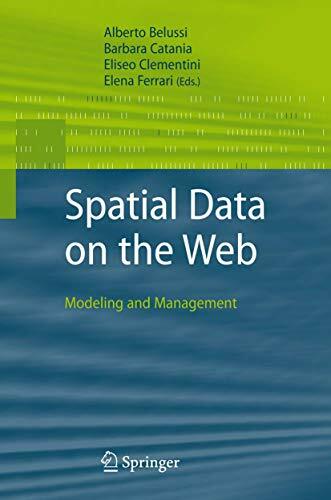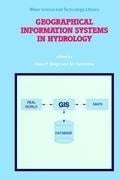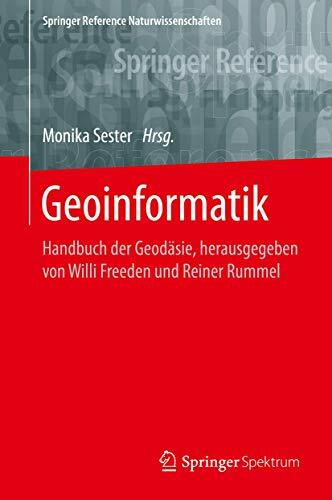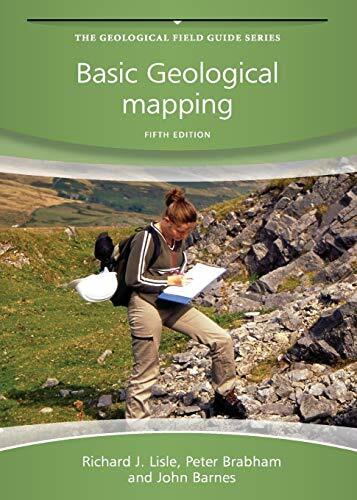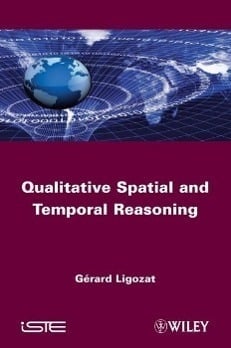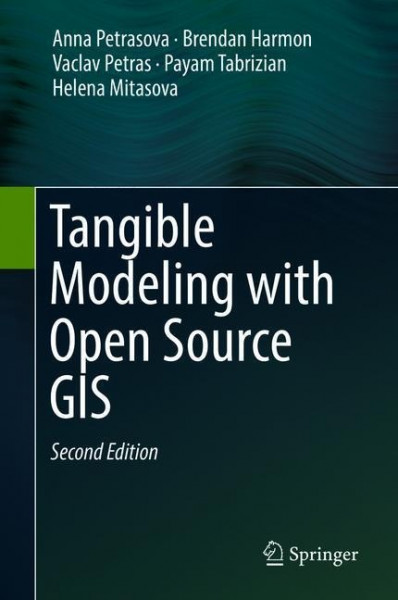
Tangible Modeling with Open Source GIS
Kurzinformation
inkl. MwSt. Versandinformationen
Artikel zZt. nicht lieferbar
Artikel zZt. nicht lieferbar

Beschreibung
This book provides an overview of the latest developments in the fast growing field of tangible user interfaces. It presents a new type of modeling environment where the users interact with geospatial data and simulations using 3D physical landscape model coupled with 3D rendering engine. Multiple users can modify the physical model, while it is being scanned, providing input for geospatial analysis and simulations. The results are then visualized by projecting images or animations back on the physical model while photorealistic renderings of human views are displayed on a computer screen or in a virtual reality headset. New techniques and software which couple the hardware set-up with open source GRASS GIS and Blender rendering engine, make the system instantly applicable to a wide range of applications in geoscience education, landscape design, computer games, stakeholder engagement, and many others. This second edition introduces a new more powerful version of the tangible modeling environment with multiple types of interaction, including polymeric sand molding, placement of markers, and delineation of areas using colored felt patches. Chapters on coupling tangible interaction with 3D rendering engine and immersive virtual environment, and a case study integrating the tools presented throughout this book, demonstrate the second generation of the system - Immersive Tangible Landscape - that enhances the modeling and design process through interactive rendering of modeled landscape. This book explains main components of Immersive Tangible Landscape System, and provides the basic workflows for running the applications. The fundamentals of the system are followed by series of example applications in geomorphometry, hydrology, coastal and fluvial flooding, fire spread, landscape and park design, solar energy, trail planning, and others. Graduate and undergraduate students and educators in geospatial science, earth science, landscape architecture, computer graphics and games, natural resources and many others disciplines, will find this book useful as a reference or secondary textbook. Researchers who want to build and further develop the system will most likely be the core audience, but also anybody interested in geospatial modeling applications (hazard risk management, hydrology, solar energy, coastal and fluvial flooding, fire spread, landscape and park design) will want to purchase this book. von Petrasova, Anna und Harmon, Brendan und Petras, Vaclav und Tabrizian, Payam und Mitasova, Helena
Produktdetails

So garantieren wir Dir zu jeder Zeit Premiumqualität.
Über den Autor
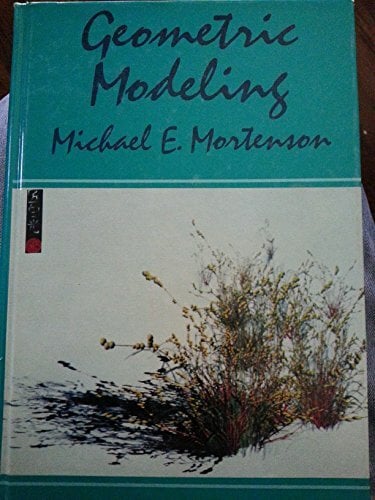
- hardcover
- 780 Seiten
- Erschienen 1985
- John Wiley & Sons Inc
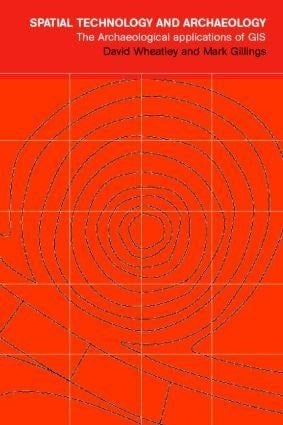
- Taschenbuch
- 288 Seiten
- Erschienen 2002
- Crc
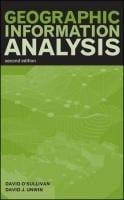
- Hardcover
- 405 Seiten
- Erschienen 2010
- John Wiley & Sons Inc

- hardcover
- 720 Seiten
- Erschienen 2003
- Wiley







